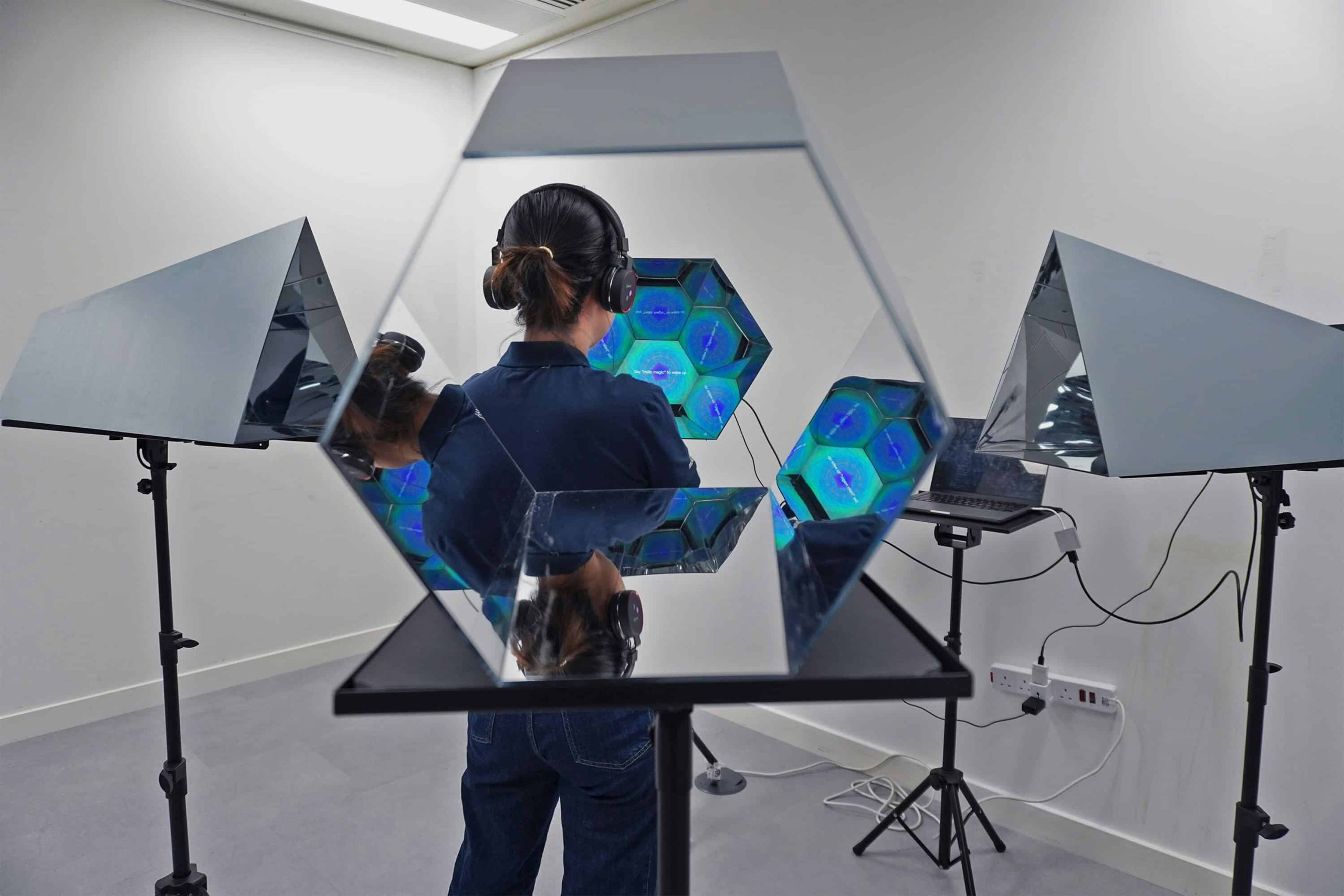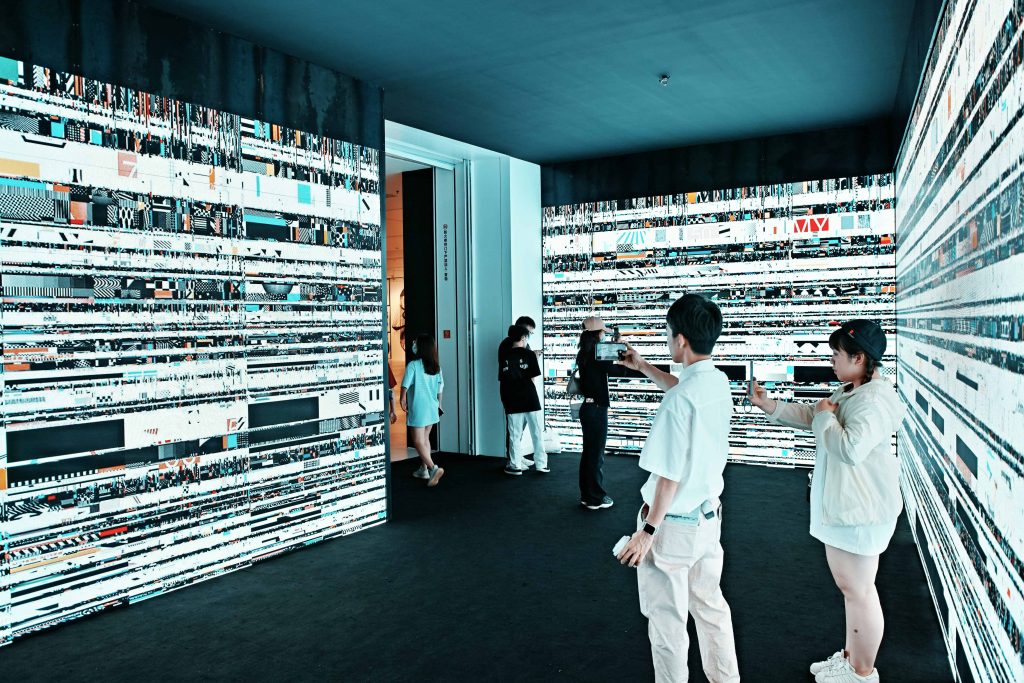
21 Apr Boost Engagement in Virtual Art Tours with Narration
Virtual Tour Narration and Storytelling
In today’s digital era, virtual art tours have become essential for making art accessible to a global audience. Museums and galleries are increasingly leveraging digital platforms to offer immersive experiences that transcend geographical boundaries. The effectiveness of these virtual tours hinges significantly on the quality of narration and storytelling, which play pivotal roles in engaging and educating audiences.
Virtual art tours have experienced a notable rise in popularity, especially during events that restrict physical access to cultural institutions, such as the COVID-19 pandemic. This surge reflects a broader trend toward digital engagement, where audiences seek convenient and inclusive ways to experience art. High-quality narration and storytelling are crucial in these virtual environments, as they provide context and depth, transforming passive viewing into an interactive and enriching experience.
The Role of Narration in Virtual Art Tours
Narration plays a pivotal role in virtual art tours, acting as a guiding voice that leads viewers through digital exhibitions while drawing attention to key elements of the artworks. When executed effectively, narration can demystify complex artistic concepts, provide valuable historical context, and illuminate the cultural significance of each piece—ultimately enriching the viewer’s understanding and appreciation. Additionally, narration enhances accessibility by offering audio descriptions for visually impaired users, promoting a more inclusive and engaging experience for a broader audience.
However, despite its benefits, narration must be thoughtfully crafted. Poorly designed or overly dense narration can overwhelm users, detracting from the experience rather than enhancing it. Research indicates that virtual tours may be perceived as demanding or of limited value when they lack intuitive design and clear informational flow. Therefore, achieving a balance between informative content and user-friendly delivery is crucial for creating effective and enjoyable virtual art tours.
Storytelling Techniques in Virtual Art Tours
Storytelling in virtual art tours plays a crucial role in creating a cohesive narrative that links individual artworks, offering a thematic journey that captivates and engages viewers. By crafting a clear narrative arc, evoking emotional responses, and incorporating vivid sensory details, curators can elevate a simple tour into a rich, immersive experience. Interactive storytelling techniques, in particular, have proven to be highly effective in virtual museum settings, enabling visitors to form deeper connections with the art and its context.
The Synergy of Narration and Storytelling
Combining narration and storytelling creates a synergistic effect that elevates virtual art tours. Narration provides the factual framework, while storytelling adds emotional depth, resulting in a more engaging and memorable experience. This integration helps bridge the gap between physical and virtual experiences, making digital art tours more compelling and effective.
Best Practices for Effective Narration and Storytelling
To maximize the impact of narration and storytelling in virtual art tours, consider the following best practices:
- Voice and Tone: Choose a speaking style that aligns with the tour’s theme and audience, ensuring it is engaging and appropriate.
- Language and Scriptwriting: Use clear, concise, and accessible language to cater to a diverse audience.
- Pacing and Timing: Maintain a rhythm that allows viewers to absorb information without feeling rushed.
- Integration with Visuals: Ensure that narration complements visual elements, enhancing the overall storytelling experience.
The Future of Narration and Storytelling in Virtual Art Tours
Advancements in technology are set to transform the way narration and storytelling are integrated into virtual art tours. Artificial intelligence (AI) is playing an increasingly pivotal role by enabling the creation of personalized and interactive experiences tailored to individual user preferences. Through AI-driven customization, virtual tours can adapt in real time—offering content that aligns with each viewer’s interests, which significantly enhances user engagement and educational value. Furthermore, the growth of global collaborations is broadening the scope and accessibility of virtual art tours. These partnerships promote a more inclusive and culturally diverse exploration of art, connecting audiences to works and perspectives from around the world.
Conclusion
Narration and storytelling are indispensable components of effective virtual art tours, providing context, emotional engagement, and accessibility. As digital technologies continue to evolve, integrating innovative approaches such as AI-driven personalization and interactive storytelling will further enhance the virtual art tour experience, making art more accessible and engaging for audiences worldwide.
Key Takeaways
- Narration Enhances Accessibility and Understanding: Well-crafted narration guides viewers through virtual art tours, explaining complex artistic and historical concepts while also supporting inclusivity, such as through audio descriptions for visually impaired users.
- Storytelling Creates Emotional Connection: Thoughtful storytelling transforms digital exhibitions into immersive experiences by connecting artworks through a compelling narrative arc and sensory details, fostering deeper audience engagement.
- Narration + Storytelling = Powerful Synergy: The combination of narration’s factual clarity and storytelling’s emotional resonance results in a richer, more engaging virtual tour experience that bridges the gap between physical and digital art appreciation.
- Best Practices Elevate Engagement: Key strategies—like using the right voice and tone, clear and inclusive language, balanced pacing, and tight integration with visuals—help ensure that narration and storytelling enhance rather than hinder the user experience.
- AI is Shaping the Future of Virtual Art Tours: Artificial intelligence is beginning to personalize virtual tours, adapting narration and content to user preferences, while global digital collaborations are broadening access to diverse artistic perspectives.
- Narration and Storytelling Are Essential Tools: Together, they are fundamental for turning passive digital visits into meaningful, memorable cultural encounters—especially as virtual experiences become a permanent feature of the global art landscape.
FAQs
Why is narration important in virtual art tours?
Narration enhances virtual art tours by providing context, guiding viewers, and explaining artistic and historical elements. It transforms passive viewing into an interactive experience and also improves accessibility, particularly for visually impaired users, making the digital tour more inclusive and informative.
How does storytelling improve engagement in virtual art experiences?
Storytelling weaves artworks into a cohesive narrative, creating emotional connections and a sense of continuity. Techniques like thematic arcs and sensory descriptions help viewers engage more deeply, turning static displays into compelling journeys that enrich understanding and heighten the overall immersive experience.
What are best practices for integrating narration and storytelling effectively?
Successful virtual tours balance engaging voice, clear language, and appropriate pacing with visual synchronization. Aligning tone with content, simplifying complex information, and ensuring narrative flow are key. These practices make the experience more user-friendly, accessible, and emotionally resonant, boosting satisfaction and retention.
Learn how even the smallest curatorial choices—from the type of paint used to the source of electricity—can have a lasting impact on the environment and how a more thoughtful approach is changing exhibition culture.




